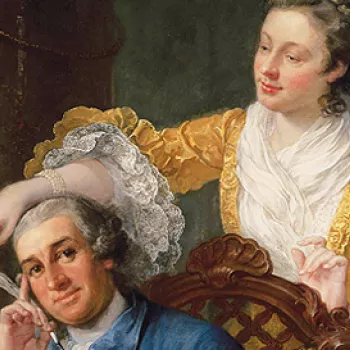The Natural history of Barbados, in ten books / by Rev. Griffith Hughes 1750
vii, 314, [20] p., 30 leaves of plates (1 folded) : ill., maps (some hand col.) Includes index | 42.5 cm (Height) x 5.5 cm (Depth) (book measurement (conservation)) | RCIN 1081286
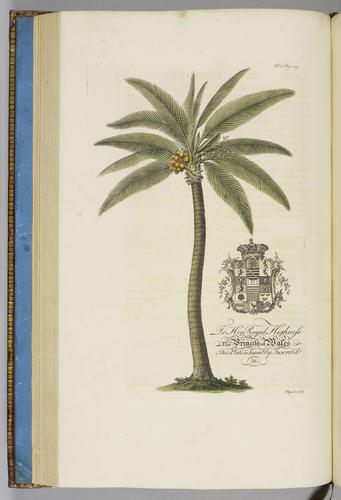
Reverend Griffith Hughes (1707-58)
The Natural history of Barbados, in ten books / by Rev. Griffith Hughes 1750
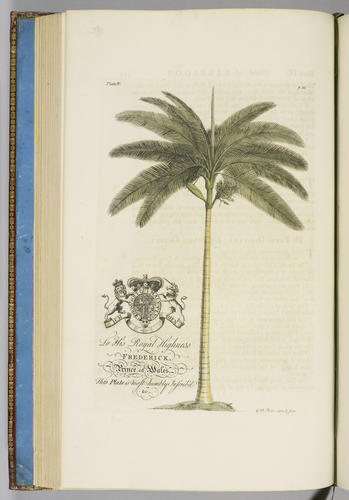
Reverend Griffith Hughes (1707-58)
The Natural history of Barbados, in ten books / by Rev. Griffith Hughes 1750

Reverend Griffith Hughes (1707-58)
The Natural history of Barbados, in ten books / by Rev. Griffith Hughes 1750
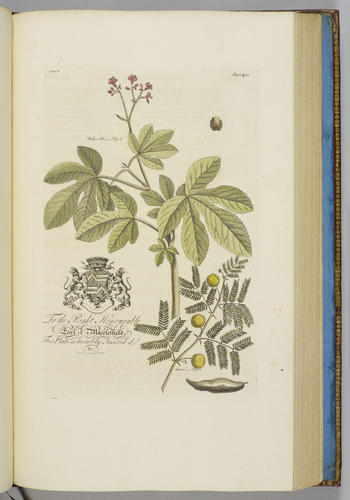
Reverend Griffith Hughes (1707-58)
The Natural history of Barbados, in ten books / by Rev. Griffith Hughes 1750
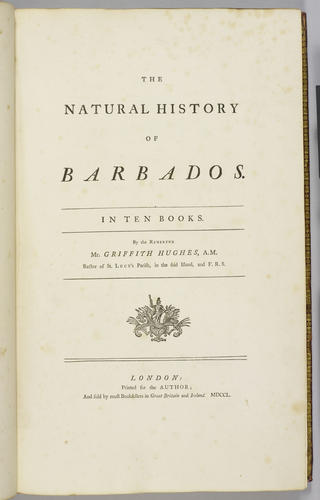
Reverend Griffith Hughes (1707-58)
The Natural history of Barbados, in ten books / by Rev. Griffith Hughes 1750
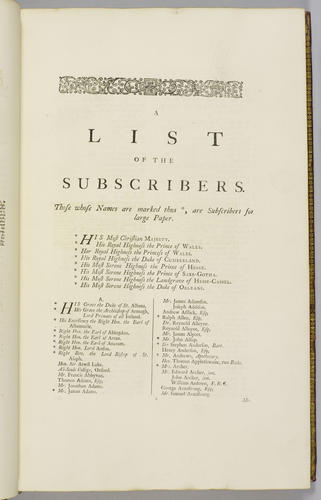
Reverend Griffith Hughes (1707-58)
The Natural history of Barbados, in ten books / by Rev. Griffith Hughes 1750
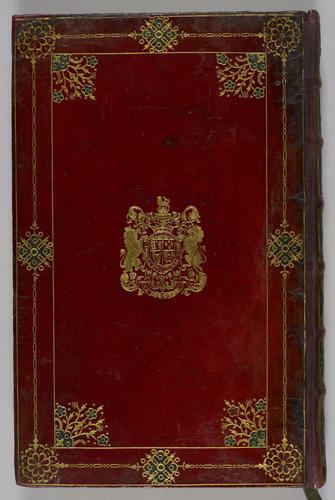
Reverend Griffith Hughes (1707-58)
The Natural history of Barbados, in ten books / by Rev. Griffith Hughes 1750

Reverend Griffith Hughes (1707-58)
The Natural history of Barbados, in ten books / by Rev. Griffith Hughes 1750
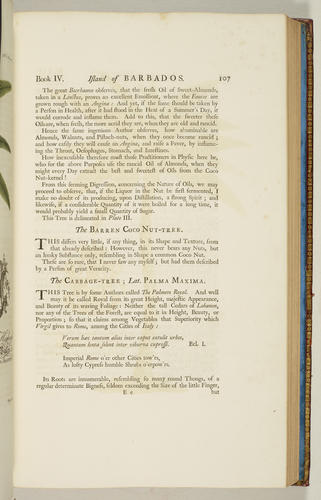
Reverend Griffith Hughes (1707-58)
The Natural history of Barbados, in ten books / by Rev. Griffith Hughes 1750
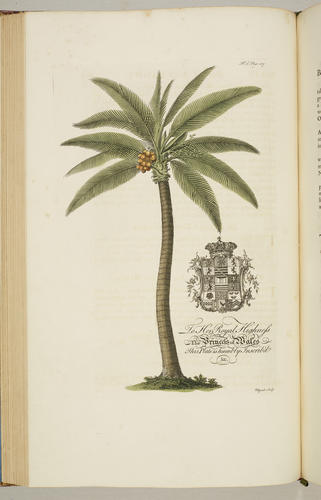
Reverend Griffith Hughes (1707-58)
The Natural history of Barbados, in ten books / by Rev. Griffith Hughes 1750
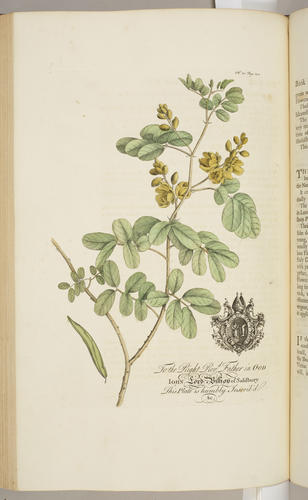
Reverend Griffith Hughes (1707-58)
The Natural history of Barbados, in ten books / by Rev. Griffith Hughes 1750
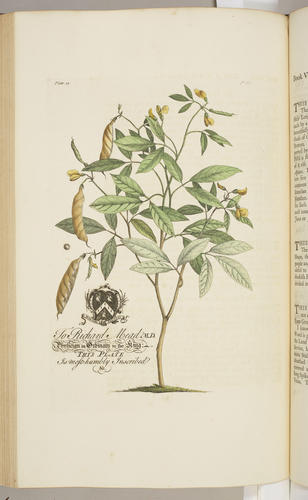
Reverend Griffith Hughes (1707-58)
The Natural history of Barbados, in ten books / by Rev. Griffith Hughes 1750
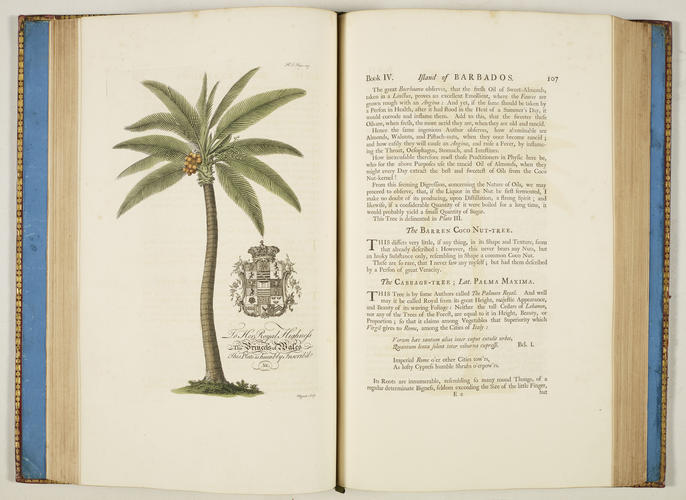
Reverend Griffith Hughes (1707-58)
The Natural history of Barbados, in ten books / by Rev. Griffith Hughes 1750

Reverend Griffith Hughes (1707-58)
The Natural history of Barbados, in ten books / by Rev. Griffith Hughes 1750

Reverend Griffith Hughes (1707-58)
The Natural history of Barbados, in ten books / by Rev. Griffith Hughes 1750

Reverend Griffith Hughes (1707-58)
The Natural history of Barbados, in ten books / by Rev. Griffith Hughes 1750
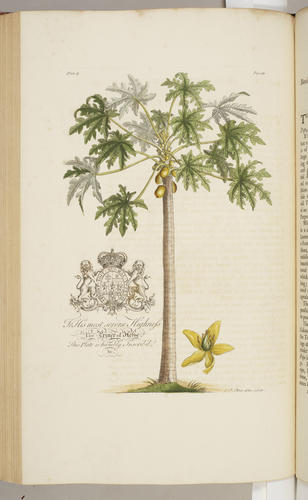
Reverend Griffith Hughes (1707-58)
The Natural history of Barbados, in ten books / by Rev. Griffith Hughes 1750

Reverend Griffith Hughes (1707-58)
The Natural history of Barbados, in ten books / by Rev. Griffith Hughes 1750
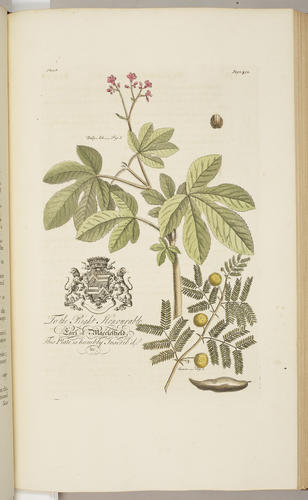
Reverend Griffith Hughes (1707-58)
The Natural history of Barbados, in ten books / by Rev. Griffith Hughes 1750
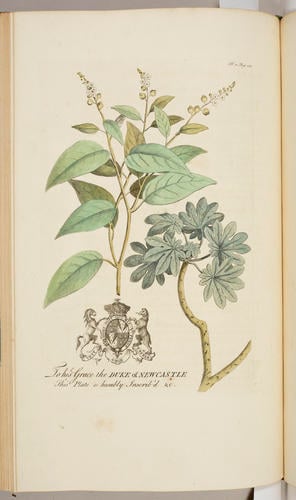
Reverend Griffith Hughes (1707-58)
The Natural history of Barbados, in ten books / by Rev. Griffith Hughes 1750
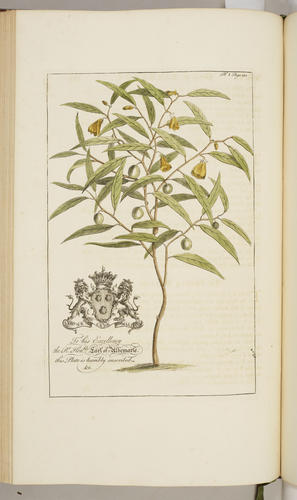
Reverend Griffith Hughes (1707-58)
The Natural history of Barbados, in ten books / by Rev. Griffith Hughes 1750
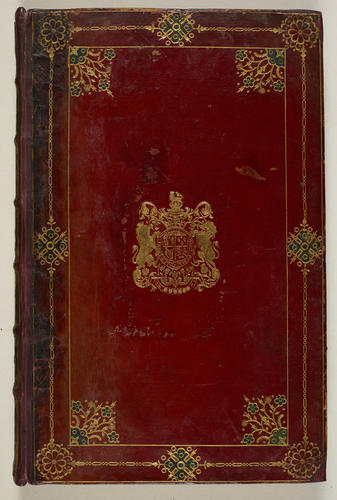
Reverend Griffith Hughes (1707-58)
The Natural history of Barbados, in ten books / by Rev. Griffith Hughes 1750






















-
Griffith Hughes was appointed rector of St Lucy's Barbados in 1736, where his prolonged stay (until at least 1748) gave him the opportunity to carry out research into the natural history of the island.
During a visit to England in 1743 he made the acquaintance of many of the leading scientists of the day, including Sir Hans Sloane (who had visited the area in 1687–8 when physician to the Duke of Albemarle, Governor of Jamaica), and promoted his idea of a publication based upon his research. Georg Dionysius Ehret, the renowned botanical artist, made plates for the publication (his name appears on twelve of the 29), Thomas Jefferys, Geographer to the Prince of Wales, engraved a map of the island, and the whole was paid for by an impressive list of subscribers.
George II, Prince Frederick, Prince of Wales and his consort Augusta, Princess of Wales and Prince William, Duke of Cumberland head the list, while the Prince, Princess and Duke each received the dedication of one of the hand-coloured plates. As a mark of support from the scientific community Hughes was made a Fellow of the Royal Society in 1748, and received both a BA and an MA from St John's, Oxford (his old college). Philip Miller, Ehret's brother-in-law and head of the Chelsea Physic Garden 1722–70, wrote Explanatory Notes of all Botanical and Technical Terms made use of in the foregoing Work.
On publication the work was described as lacking accuracy and scholarship, but Hughes had achieved a number of firsts, including the description of a grapefruit, which he called 'The Forbidden Fruit', and the coining of the phrase 'yellow fever'. His observations throughout were based upon personal or reliable witness: "This I can with Truth say, that I have not represented one single Fact, which I did not either see myself, or had from Persons of known Veracity".
Text adapted from The First Georgians: Art and Monarchy 1714 - 1760, London, 2014
Binding information
Bound in red sheepskin (?) by John Brindley, with gold tooling and green onlays. Arms of Frederick Prince of Wales to centre, motto ICH DIEN has been tooled over with six small six-petalled flowers. Gold fillet frame border with green onlays to inside corners, with decoration made up of individual tools of leaves, two sizes of three-fingered pointers, five-petalled flowers, small six-pointed stars, six-petalled daisies, curved 'stems', circle tools and a square cross shape. Outside which, a decorative border comprised of gold chain roll tool, with floral tool decoration to each corner, and onlays of green leather overtooled with acorns, three-fingered pointers, cogs and acorns. Gold fillet border. Outside edges and turn-ins decorated with distinctive Brindley roll of flowers and rectangles. Rebacked with new spine, in seven compartments with original tooling pasted over, of same shape as found with green overlays on exterior border of front and back boards, and title to second compartment HUGHES'S NATURAL HIST. OF BARBADOS.Provenance
Bound for Frederick, Prince of Wales (1707-1751). Probably the copy listed in the inventory of George III’s library at Richmond Lodge, prior to its dispersal c. 1766. In George III’s Cumberland Lodge Library from c.1780
-
Creator(s)
-
Medium and techniques
vii, 314, [20] p., 30 leaves of plates (1 folded) : ill., maps (some hand col.) Includes index
Measurements
42.5 cm (Height) x 5.5 cm (Depth) (book measurement (conservation))
42.5 x 5.5 cm (book measurement (inventory))
Category




